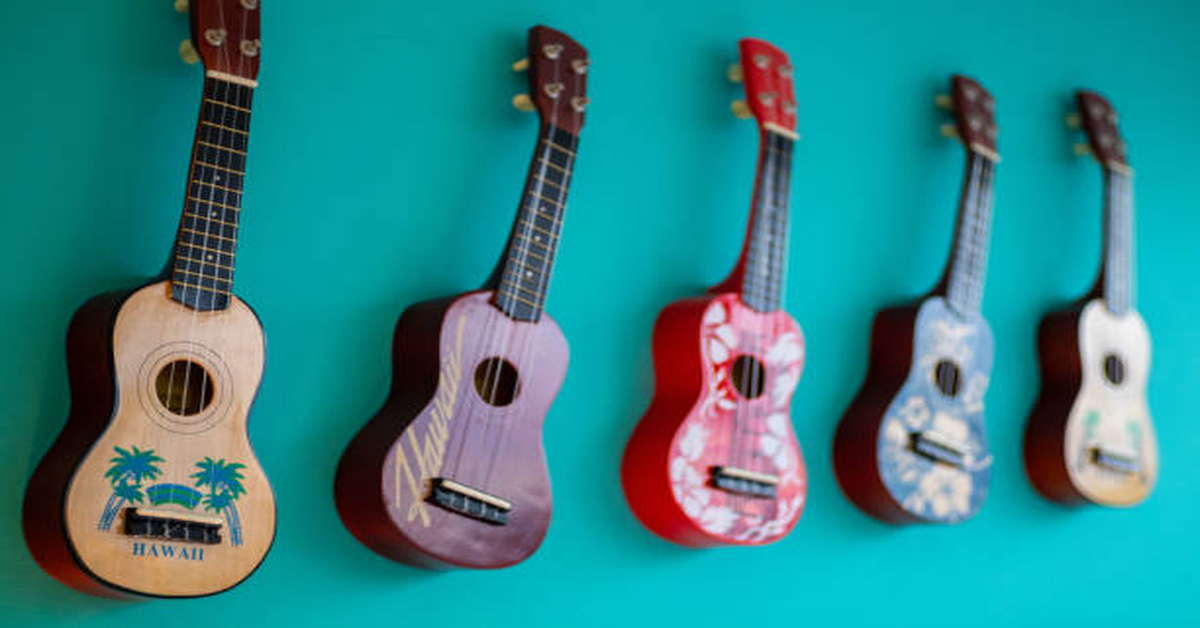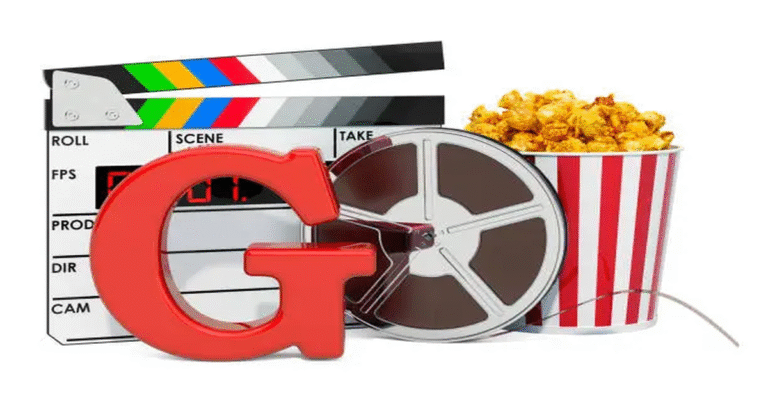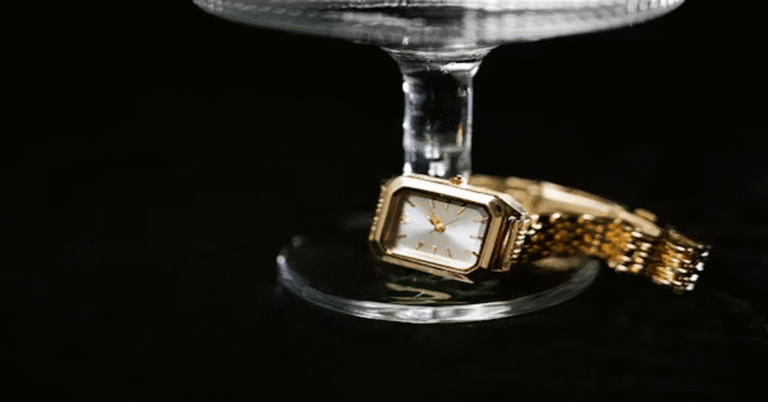
The Ukulele History is one of the most recognizable and beloved stringed instruments in the world. Its lighthearted sound and approachable design have made it an icon of music that transcends genres and cultures. While today the ukulele is often associated with cheerful melodies, sing-alongs, and global popularity, its story goes much deeper. The history of the ukulele is a fascinating journey that begins with Portuguese immigrants in the 19th century and expands to Hawaii’s royal courts, Western popular music, the folk revival of the 20th century, and the digital era that has brought the instrument into the hands of millions worldwide.
Exploring ukulele history provides insight not only into the development of an instrument but also into how culture, migration, and artistic expression shape traditions over time. This article presents a detailed exploration of the ukulele’s past, following its roots, cultural importance, technical evolution, and the forces that elevated it to the status of a global musical phenomenon.
Origins of the Ukulele: Portuguese Roots
The Ukulele History owes its existence to Portuguese immigrants who settled in Hawaii in the late 19th century. In 1879, a group of Portuguese laborers from Madeira and the Azores arrived in Hawaii to work on the sugarcane plantations. Among them were three cabinet makers and amateur musicians: Manuel Nunes, José do Espírito Santo, and Augusto Dias. These men brought with them small four-stringed instruments known as the machete de braga (or simply machete), cavaquinho, and rajão.
The machete, in particular, was a direct ancestor of the ukulele. With a small, compact body and bright sound, it quickly attracted attention among Hawaiians. These immigrants adapted the design of their traditional instruments using locally available woods, modifying construction techniques to suit the island climate. Over time, the instrument evolved into what became known as the ukulele.
The name “Ukulele History” is itself tied to Hawaiian culture and carries symbolic meaning. It is often translated as “jumping flea,” said to describe the rapid movement of the player’s fingers across the fretboard. Some sources suggest that the name might also derive from a more poetic Hawaiian interpretation: “the gift that came here,” combining uku (gift) and lele (to come). Either way, the name stuck, and by the late 19th century, the ukulele had become a fixture of Hawaiian musical life.
Royal Patronage and Cultural Integration
One of the most significant milestones in the Ukulele History early history was its embrace by Hawaiian royalty. King David Kalākaua, known as the “Merrie Monarch,” played a vital role in integrating the ukulele into Hawaiian culture. A passionate patron of the arts, Kalākaua promoted Hawaiian traditions at a time when Western influence threatened to overwhelm native customs.
King Kalākaua encouraged the use of the ukulele at royal gatherings, particularly in his court performances that featured traditional hula and music. His endorsement elevated the ukulele from being an immigrant novelty to a symbol of Hawaiian identity and pride. It became an essential instrument in Hawaiian music, blending seamlessly with native chants and dances.
The royal embrace ensured the instrument’s survival and popularity, and soon it spread across the Hawaiian Islands. The unique sound of the ukulele became inseparable from Hawaiian cultural expression, making it an enduring part of the islands’ identity.
Early 20th Century: The Ukulele Reaches the Mainland
By the early 1900s, Hawaii was increasingly integrated into the United States, and Hawaiian music began to attract mainland audiences. The 1915 Panama-Pacific International Exposition in San Francisco became a turning point for the ukulele’s popularity outside Hawaii. Hawaiian musicians performed extensively at the exposition, captivating audiences with the lilting sounds of the Ukulele History and steel guitar.
The event sparked a craze for Hawaiian music across the continental U.S. Sheet music publishers rushed to capitalize on the trend, and ukuleles began to appear in American households. Music stores offered affordable instruments, and instructional guides helped beginners learn to play. The ukulele became a fashionable pastime, especially among young people.
By the 1920s, major companies such as Martin & Co. and Gibson were producing ukuleles in large numbers. They offered a variety of models, from inexpensive beginner instruments to professional-grade pieces. Ukuleles were marketed as easy to play, portable, and ideal for casual music-making. This democratization of music-making made the ukulele one of the most widespread instruments of the era.
Ukulele in Jazz and Popular Music
The jazz age of the 1920s and 1930s further boosted the ukulele’s reputation. Artists such as Cliff Edwards, also known as “Ukulele History,” popularized the instrument through recordings and live performances. Edwards’ smooth vocals combined with his ukulele accompaniment created a new sound that blended well with the lively energy of jazz and vaudeville.
The Ukulele History was not just for professionals; it was also embraced by college students and amateur musicians. During this period, the instrument became associated with a spirit of youthful energy, optimism, and carefree fun. Its compact size and cheerful sound made it the perfect companion for social gatherings.
The table below highlights the timeline of ukulele popularity during the early 20th century:
| Decade | Ukulele Development | Cultural Context |
|---|---|---|
| 1910s | Spread through Hawaiian music at expos and concerts | Growing curiosity about Hawaiian culture |
| 1920s | Mass production by companies like Martin & Co. | Jazz Age enthusiasm and youthful craze |
| 1930s | Continued popularity in vaudeville and radio | Affordable entertainment during Depression |
Mid-Century Decline and Resurgence
By the 1940s, the Ukulele History initial wave of popularity had begun to decline. World War II and the rise of other musical trends, such as swing bands and electric guitars, shifted attention away from the small instrument. However, the ukulele was not forgotten.
In the 1950s, Arthur Godfrey, a television personality and ukulele enthusiast, sparked a revival of interest in the instrument. His instructional shows and endorsements introduced a new generation to the ukulele. Manufacturers such as Maccaferri produced inexpensive plastic ukuleles that became widely available. While these plastic instruments were not always of high quality, they made the ukulele accessible to countless families.
Ukulele History 1960s folk music revival also played a role in sustaining ukulele interest, though the guitar dominated this era. Artists such as Tiny Tim, with his quirky rendition of “Tiptoe Through the Tulips,” kept the ukulele in the public imagination, albeit in a novelty light.
Ukulele in the Late 20th Century
Through the 1970s and 1980s, the Ukulele History was often dismissed as a toy rather than a serious instrument. However, in Hawaii, it remained deeply respected as part of traditional and contemporary music. Artists such as Israel Kamakawiwoʻole (IZ) transformed global perceptions of the instrument in the 1990s.
IZ’s iconic recording of “Somewhere Over the Rainbow/What a Wonderful World” showcased the ukulele in a soulful, moving way that resonated with audiences worldwide. His interpretation reintroduced the ukulele to mainstream listeners, proving it could be more than a novelty. This laid the groundwork for the instrument’s modern revival.
21st Century Ukulele Renaissance
Ukulele History In the 2000s and 2010s, the ukulele experienced an unprecedented resurgence. Several factors contributed to this global renaissance:
- Digital Media and YouTube: Platforms like YouTube allowed aspiring musicians to learn ukulele quickly and share performances online. Viral videos, such as Jake Shimabukuro’s virtuosic “While My Guitar Gently Weeps” cover, demonstrated the instrument’s versatility.
- Affordability and Accessibility: Entry-level ukuleles became widely available at low prices, making them popular among beginners. At the same time, luthiers and boutique makers elevated the instrument’s craftsmanship for professionals.
- Celebrity Endorsements: Pop stars like Taylor Swift, Jason Mraz, and Train featured ukuleles in hit songs, further fueling its popularity among younger audiences.
- Education: Schools incorporated ukuleles into music programs as accessible alternatives to recorders or guitars. The instrument’s simplicity encouraged students to engage with music from an early age.
By the 2020s, the ukulele was no longer a passing fad but an established global instrument with thriving communities, festivals, and professional players.
Types of Ukuleles and Evolution of Design
Ukulele History the instrument spread globally, different types of ukuleles emerged to suit varying musical needs. The four main types are:
- Soprano: The traditional and smallest ukulele, known for its bright, classic tone.
- Concert: Slightly larger than the soprano, offering more volume and a deeper tone.
- Tenor: Popular among professional players, providing a fuller sound and more frets.
- Baritone: The largest, tuned like the top four strings of a guitar, producing a deeper resonance.
Beyond these, hybrid designs such as the banjolele (a banjo-ukulele fusion) and electric ukuleles expanded its range.
Ukulele History Instrument makers also experimented with woods, from traditional koa (native to Hawaii) to mahogany, spruce, and even carbon fiber. This variety gave players options to suit their style and budget, from affordable student models to high-end handcrafted pieces.
Cultural Impact of the Ukulele
The Ukulele History influence extends beyond music. It has become a cultural symbol of joy, simplicity, and inclusivity. Its association with Hawaii connects it to themes of nature, relaxation, and hospitality, while its adaptability in global music makes it a bridge across cultures.
In education, the ukulele has empowered students to develop musical literacy with ease. In therapy, it has been used to encourage relaxation, dexterity, and creativity. In popular culture, the ukulele’s cheerful tone often underscores themes of warmth and optimism in films and advertising.
The instrument’s ability to reinvent itself across decades demonstrates its enduring appeal. Unlike many musical fads that disappear, the ukulele has proven resilient, adapting to every new era.
Conclusion
The history of the Ukulele History is a remarkable story of cultural exchange, adaptation, and reinvention. Born from Portuguese instruments brought to Hawaii, embraced by Hawaiian royalty, popularized on the American mainland, and revived in the digital age, the ukulele’s journey reflects the resilience of music itself.
From the hands of humble laborers to global stages, the ukulele has touched countless lives with its gentle, uplifting sound. It remains a powerful symbol of how tradition and innovation can merge to create something timeless. As the 21st century unfolds, the ukulele continues to inspire musicians of all ages, ensuring that its history will keep evolving for generations to come.
FAQs
1. Where did the ukulele originate?
The Ukulele History originated in Hawaii in the late 19th century, inspired by Portuguese instruments like the machete brought by immigrants from Madeira and the Azores.
2. Why is it called a ukulele?
The name “Ukulele History” is often translated as “jumping flea,” referring to the quick finger movements of players. Another interpretation links it to “uku” (gift) and “lele” (to come).
3. What role did Hawaiian royalty play in its history?
King David Kalākaua promoted the ukulele at royal gatherings, helping to integrate it into Hawaiian culture and making it a symbol of island identity.
4. When did the ukulele become popular worldwide?
The Ukulele History gained international fame after the 1915 Panama-Pacific International Exposition, where Hawaiian music captivated U.S. audiences and sparked a nationwide craze.
5. Why is the ukulele still popular today?
Its affordability, portability, cheerful sound, and accessibility make it ideal for beginners and professionals alike. Social media and popular artists have further cemented its global appeal.







